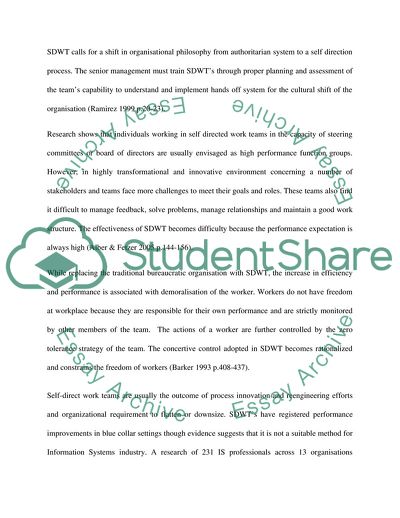Cite this document
(The Effectiveness of Self-Directed Work Teams Coursework, n.d.)
The Effectiveness of Self-Directed Work Teams Coursework. https://studentshare.org/human-resources/1726754-the-effectiveness-of-self-directed-work-teams
The Effectiveness of Self-Directed Work Teams Coursework. https://studentshare.org/human-resources/1726754-the-effectiveness-of-self-directed-work-teams
(The Effectiveness of Self-Directed Work Teams Coursework)
The Effectiveness of Self-Directed Work Teams Coursework. https://studentshare.org/human-resources/1726754-the-effectiveness-of-self-directed-work-teams.
The Effectiveness of Self-Directed Work Teams Coursework. https://studentshare.org/human-resources/1726754-the-effectiveness-of-self-directed-work-teams.
“The Effectiveness of Self-Directed Work Teams Coursework”. https://studentshare.org/human-resources/1726754-the-effectiveness-of-self-directed-work-teams.


